Chili Burgers of LA, or Size Matters
I’m pretty sure I saw chili burgers alongside such other delicacies as pizza burgers on the cafeteria menus of my youth, but apparently Los Angeles feels like it needs a street food to call its own, and has claimed the chili burger.
Whoa, I’m kidding, folks. Randy Newman would not approve of me talking such shit about LA.
https://www.youtube.com/watch?v=0b5LzCOc98E
LA has a thriving street food scene, with multiple street food festivals and so many food trucks that they can make a Top 10 list of just their taco trucks! They don’t have any kind of culinary inferiority complex at all; in fact, they think that they do just about every food better than anywhere else.
So why does LA, according to the Wikipedia article, lay claim to being the origin of the lowly chili burger? The answer to that involves several dozen joints called Tommy’s.
A Brief Bullshit History of Chili Burgers in LA
The story starts in the ’20s at a place called Ptomaine Tommy’s in Lincoln Heights, considered the oldest neighborhood in Los Angeles. The story goes that Tommy DeForest, the proprietor, had two chili ladles–a smaller one for a burger-sized helping of chili, and a larger one for a bowl-sized helping.
Wait, so if he was already serving burgers with chili on them, how does the story start here? Like all good stories, it’s starting in media res I guess.
Anyway, the two different ladles came to be known as “burger size” and “chili size,” which inevitably, in the way of diner lingo, became local restaurant shorthand for a chili burger and a bowl of chili, respectively. According to one source, he also served the chili size on a burger, making it open-faced and, I imagine, incredibly sloppy.
Around 1950 or so, a new place called “Original Tommy’s”–much like all the “Original” and “World Famous” Ray’s pizza parlors in NYC came around after the original, plain old Ray’s–started serving their version of the chili burger. Not long after, Ptomaine Tommy’s shuttered, and old Tommy DeForest died 8 days later.
Eventually, it got so that every burger joint in LA called itself some variant of Tommy’s, like so many burger joints on the southwest side of Chicago call themselves Nicky’s (or Micky’s) and offer a Big Baby, but on an admittedly larger scale.
And that’s how chili started nonsensically being called “size” in LA, and also why that city has such a proprietary feeling about chili burgers.
A Chili Burger in Chicago
Back to the chili burger though. I’m not in LA and have no plans to visit any time soon, so I took a look around Chicago and, to my surprise, chili burgers are sparse on Chicago menus. Fast Track, a classic Chicago fast food shack under the Green Line tracks at Lake and Des Plaines, will put chili on any sandwich for a small upcharge, but they don’t specifically offer a chili burger. Only at Wojo’s way down south at 99th & Pulaski did I find a Chicago1 menu containing the words “chili burger.”
1 Evergreen Park, technically, but you could spit into Chicago neighborhood Mt. Greenwood from the parking lot2
2 It might not be a good idea, though; Mt. Greenwood is entirely populated by cops and firefighters
Wojo’s is another old school place, wood paneling, plaques from decades worth of Little League teams they’ve sponsored, menu items named after local sports figures, fake plants, formica booths, and a creepy dangling clown motif to the decor. Exactly the kind of place I’m preconditioned to like, as a matter of fact.
And exactly the kind of place my wife likes too. While 99th & Pulaski might seem like a foreign country to a lot of Chicagoans, it’s just up the road from us. We’ve driven by Wojo’s many a time on our way elsewhere, curious but never stopping, until Sunday the 24th, when I bought us some burgers there for an 18th anniversary treat. (What can I say? She really really loves burgers)
Between the two of us, we ordered 2 burgers, 2 hot dogs, 2 milkshakes (I got an Elvis shake which was, yes, banana-peanut butter-bacon), and split an order of fries which unfortunately was probably the best thing we had.
Mindy ordered a mushroom burger that was decent. The mushrooms have a kind of canned look, but they were much thicker-cut and fresher than a canned mushroom would be. Wojo’s does offer larger burgers, but we ordered the Standard size, which is a small fast-food style burger that got a bit lost in this good sesame-seed bun. The balance would be better with a bigger patty, probably, but overall this was not bad.
I ordered a “Bison Dog,” which Wojo’s promotes as being equivalent to the ones you’d get at Wrigley Field. I’m not sure why you’d want to eat stadium food when not watching a game, but it was the bison that hooked me, not the ballpark. I ordered it with everything, which at Wojo’s was slightly modified from the typical Chicago spread in that it added cucumber slices to the usual mustard, pickle, onion, relish, tomato, celery salt, and sport peppers. The bison dog was leaner and thicker than the usual Vienna Beef hot dog, without much snap, but it wasn’t terrible.
Mindy got a chili dog, which came in a standard poppy seed bun, drowned in nacho pump cheese and Wojo’s house chili. The dog was decent but there was little to redeem this combination.
I ordered the chili burger with everything which, like the hot dog, came with the unexpected addition of cucumber slices. They were placed along with pickle chips underneath the standard-sized patty which, like the mushroom burger, was overwhelmed by the rest of the sandwich.
Wait though. Shouldn’t I be seeing some chili?
You may be outraged at the paucity with which they doled chili onto this burger. Don’t be. Mindy got the short end of the stick here. I bit into this burger, looking for and finding the expectedly mild bite of a midwestern style chili. Then my teeth cracked open a kidney bean and something strange happened.
Every last bit of flavor was suddenly sucked out of my mouth.
Now, I’m not one of those Texas folks who insist that real chili cannot contain beans. While I like that style of chili (and yes, I understand that chili is short for chili con carne which literally means chili peppers with meat), I grew up in the midwestern tradition, where chili is something made with cheap ground beef and even cheaper beans. I usually add beans to my own chili, in fact. Beans are something I expect, but I expect that their main contribution will be bulk calories, with any flavor they add to be minimal. What I don’t expect, but I found with the Wojo’s chili that day, was a negative flavor contribution. It happened not just once, but multiple times while eating this burger. I could tell watching Mindy try the chili dog that the same thing was happening to her. The beans–not all of them, but enough–seemed to actively remove flavor from their vicinity.
A (half-assed) Homemade Attempt
The first weekend of every May, my neighbor Bob and I throw a pig roast for the Kentucky Derby. We invite hordes of people to descend on Bob’s backyard, drink mint juleps, and bet on horses, while I roast a 60-70 pound pig in our homebrew club‘s China box. This year, through a combination of factors (that weekend seemed really busy for a lot of people, and the smallest pig I could find was nearly twice the size of what I usually get), we both ended up with many many gallon-sized freezer bags full of leftover pork.
I like pork chili. I’m not talking about chili verde with pork, I’m talking about taking some leftover pulled pork or roast pork and using it in a regular chili recipe like you’d use your ground beef. The texture of the final product is different, but in a good way–the pork pulls into strings, trapping most of the liquid and resulting in something that can best be described as chili-flavored pulled pork.
If “chili-flavored pulled pork” doesn’t sound pretty damn good to you, you might be on the wrong website.
So I’d made a big batch of chili using about 2 bags worth of the pork, and had frozen it in small containers for future work lunches, etc. With that much excess chili on hand, it seemed silly not to at least give it a shot in a chili burger.
I used frozen sirloin patties for this, as it was the first cook on my new propane grill and I thought a leaner meat would be an easier introduction to its irregularities (as all grills have). I heated a pot of my homemade pork chili on the side burner while I cooked enough burgers to feed my family of 5, or a normal family of, well, probably more than 5.
I made my burger a single with cheese and everything–not Wojo’s version of everything, but what I think of as typical: mayo, ketchup, pickle, onion, tomato, lettuce, mustard. I added a good layer of chili on top of the cheese and ate it with chips and Waldorf salad.
One nice thing about the pork chili is that you can lay it on thick without worrying about it spilling out the sides of the burger. It’s so substantial, in fact, that this ate more like a double cheeseburger than a single, the layer of chili subbing in for another quarter pound patty. I enjoyed this burger quite a bit. But by no stretch of the imagination did I think I’d made the type of chili burger we’re looking for.
Let’s Get Real–No, Let’s Get LA
So let’s try to make something close to the real thing, shall we? The original, Ptomaine Tommy’s, was long gone before the digital age, but there are tons of clone recipes for Original Tommy’s chili all over the internet. Most of them–I’d say the vast majority, well in excess of 95%–are much like this recipe on food.com, using the rendered fat from the cooked burger to create a roux and then building a simple, beanless, tomatoless chili from that base.
This recipe I found on a site called Nosh Cookbook is different in puzzling ways. It still uses carrots–it’s “called mirepoix cuisine,” she says, and though I’ve never heard the word used quite like that, I know what a mirepoix is and it contains more than just carrots. Still, I’m intrigued by the idea of using a mirepoix to start a chili. I’m usually more likely to start chili with the Holy Trinity of Cajun cuisine, but we’re talking differences of detail, not of kind. Plus, nearly every recipe I read used carrots.
Finally, I also reviewed J. Kenji Lopez-Alt’s recipe for condiment chili on Serious Eats, since I knew he’d developed one and I have had great success adapting his techniques. His method involves whisking the raw burger meat into the cooking liquid, rather than browning it in a griddle, in order to break it up into the fine pieces needed for the best condiment consistency. I also like his wide variety of spices, the way he reconstitutes a mixture of whole dried chilies in the cooking liquid, and the way he adds unexpected umami-rich ingredients to boost flavor.
They all had something to recommend them, but I couldn’t really combine them all.
Sure I could.
I started with a mirepoix of grated carrot, celery, and onion in butter, adding minced garlic after a few minutes. While I was sweating those, I also had some ancho, arbol, guajillo, and pequin chiles soaking in hot beef broth. After using an immersion blender to break up the rehydrated chiles, I added some more cold beef broth and whisked the ground beef into the liquid until it was evenly distributed in the desired small pieces, then simmered the beef until cooked.
I added some more butter to the mirepoix, and then flour to make a roux. I let the roux cook, stirring frequently, for 10 minutes or so, then, after adding additional spices–Mexican oregano, cumin, cayenne pepper, some chili powder–slowly started adding the hot liquid from the cooked beef, letting each addition fully integrate before continuing.
I ended up with a fairly thick but still liquid chili, to which I added some umami bombs similar to what Kenji talked about–Vegemite instead of Marmite; both fish sauce and soy sauce; but not tomato paste, since this chili is supposed to be tomatoless–and some cider vinegar. Then I simmered it to reduce until the flavor was getting a bit on the intense side, whereupon I thickened it with some masa and tasted it before I let it rest in the refrigerator overnight.
I’ve got Midwestern tastes, I guess, but I really missed the tomato. The sweetness of the cooked carrots and onions, the slight acidic tang of the vinegar, and the high-umami content of the Vegemite and fish sauce nearly made up for it though.
Here’s what it looks like in a chili dog:
OK, it’s a bit hidden by the cheese and onion there, but you get the idea. Here’s a closer shot.
I’d like a redder color–tomato paste and more chiles would have helped there–but the flavor is good. Let’s see how it looks on a burger.
Putting It All Together
I bought some fattier patties this time (and boy did the flames fly on that new grill, I burned the crap out of them) and attempted to assemble the burger as closely as I could to the Original Tommy’s blueprint
So I took two patties with melted American cheese, inverted one to put all the cheese between them (two regular slices thus become one “double thick” slice), covered them in a few heaping tablespoons of hot chili, then onions, mustard, pickles, and a fat slice or two of tomato, and voila!
OK, maybe mine isn’t as pretty. But it tasted damn good. I’m not ashamed to say that about halfway through I gave up eating this with my hands and started using a fork. OK, I’m a little ashamed.
So I think I got pretty close to the real deal here, LA or not. I definitely think this chili wins in terms of both condiment chili and general noshing. At the time of publication, the entire batch is gone, having been consumed by hungry teenagers at my house. In strictly condiment terms, I definitely liked it better than chili with beans.
Any LA folks out there reading? I mean, any who didn’t close the window in disgust earlier when I goofed on your town? Tell me more about your chili burgers, ’cause though I put a lot of time into this, and it’s not all that complicated a subject, I feel like there’s more to know. Sometimes the simplest things can be the most difficult to get right, but this was a damn good sandwich.

I like sandwiches.
I like a lot of other things too but sandwiches are pretty great


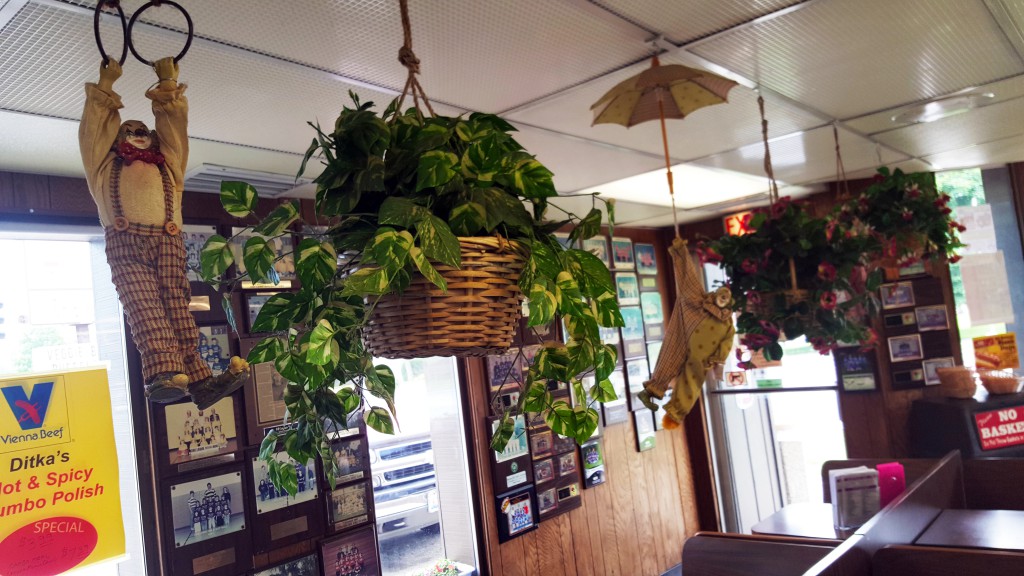
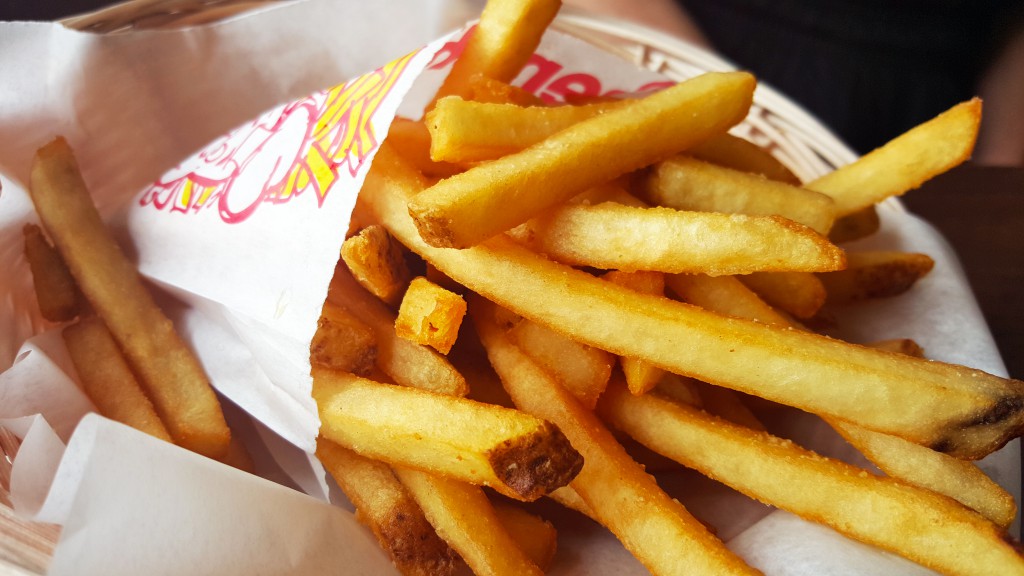
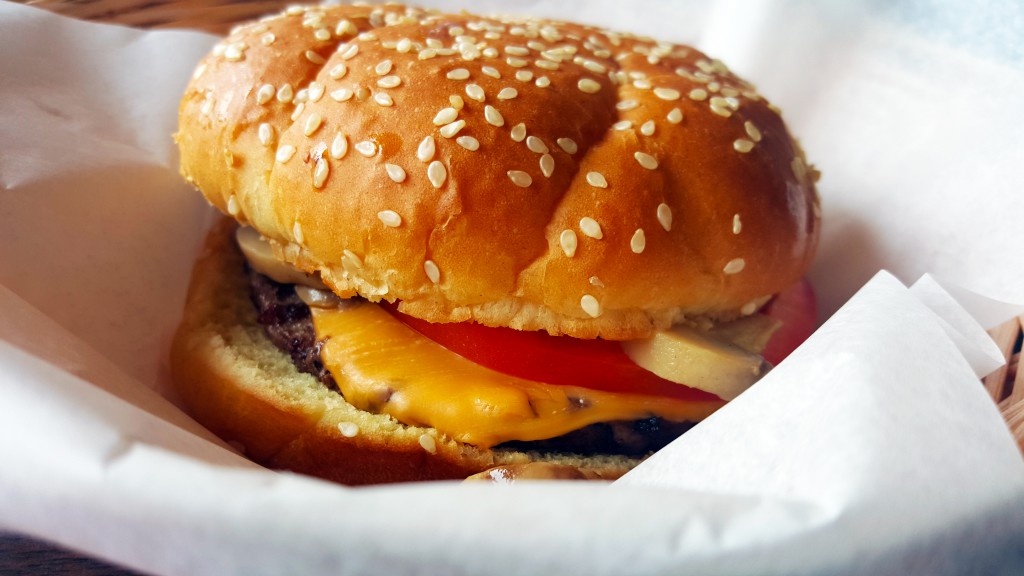
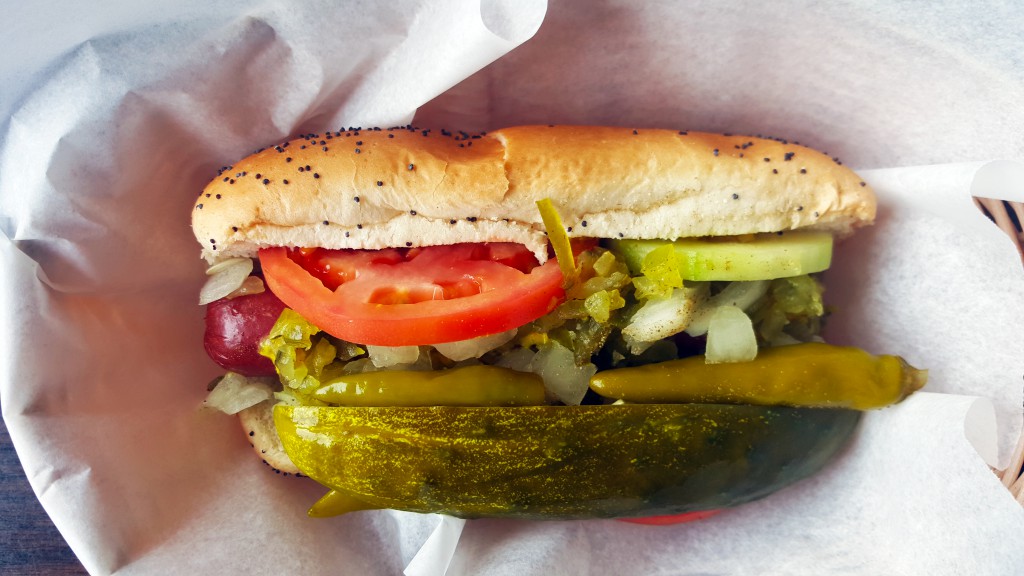
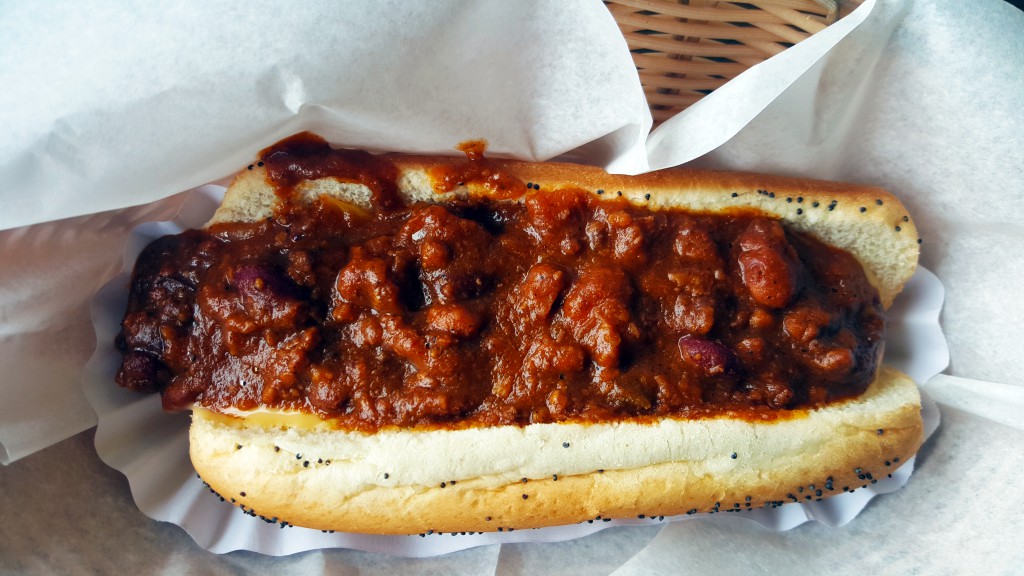
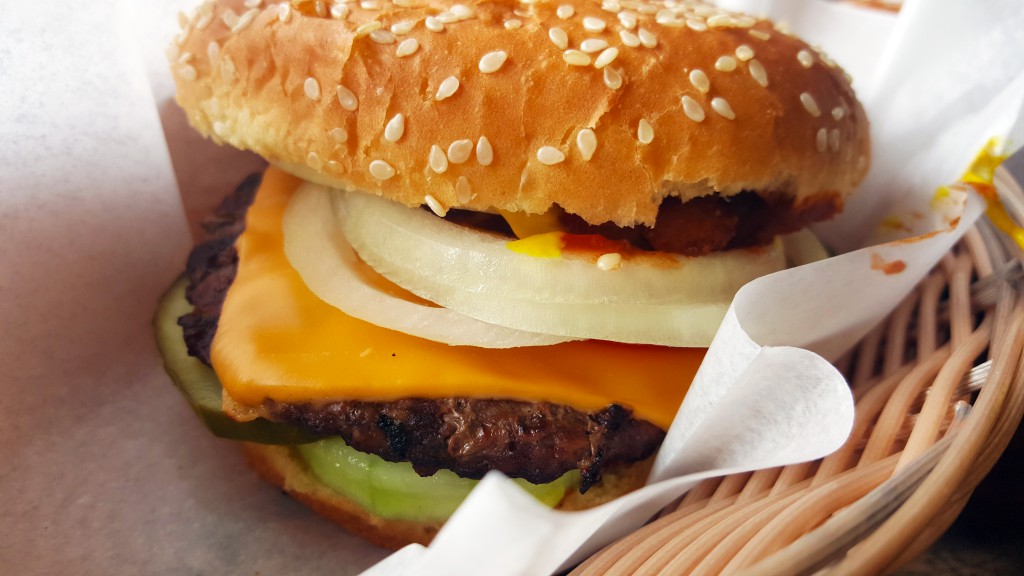
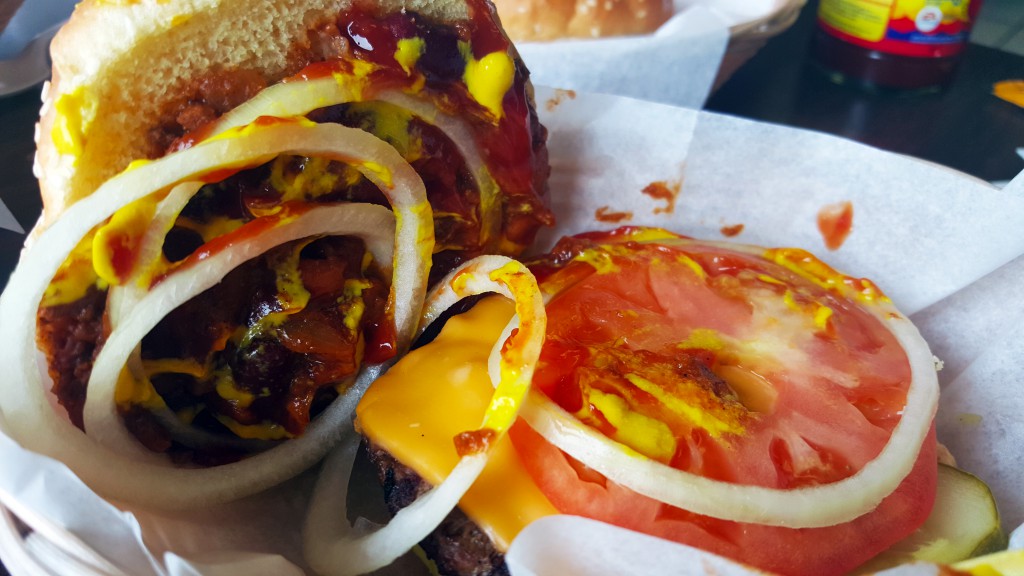
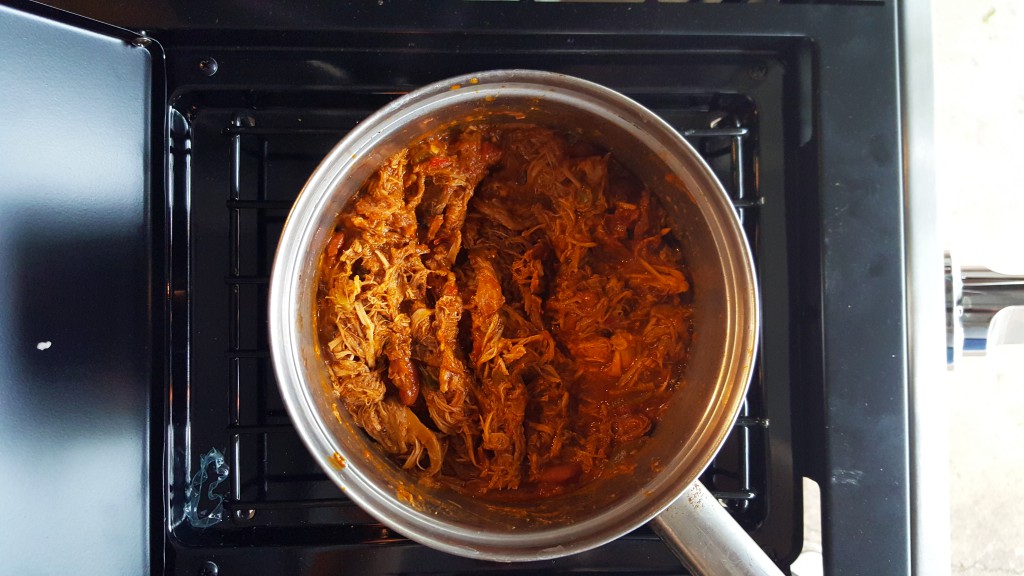
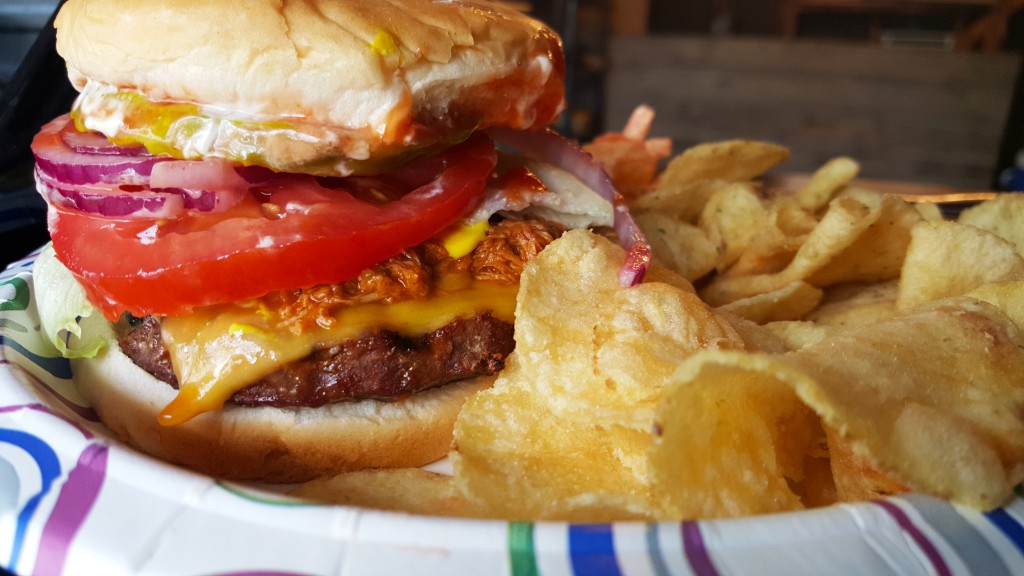
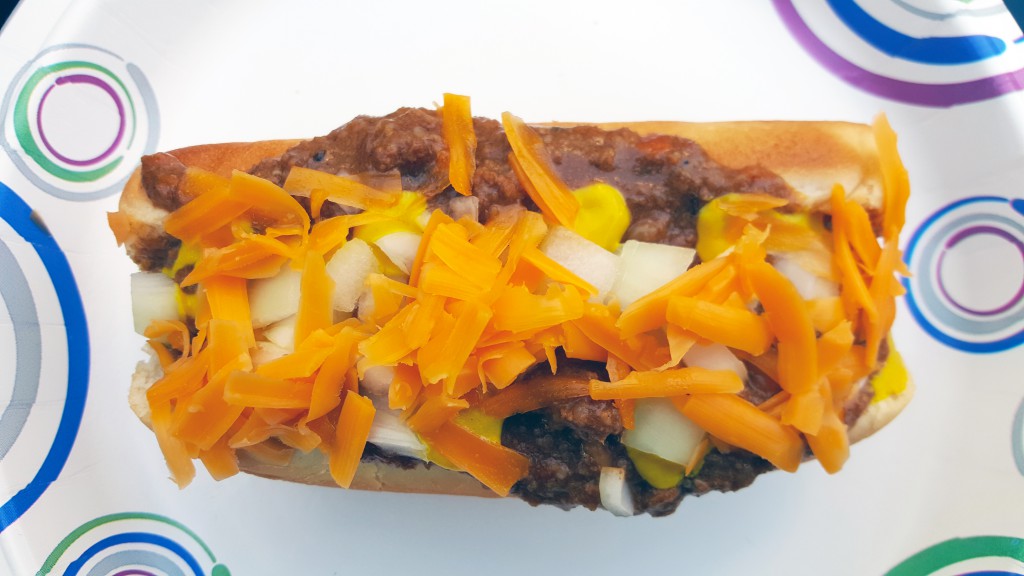
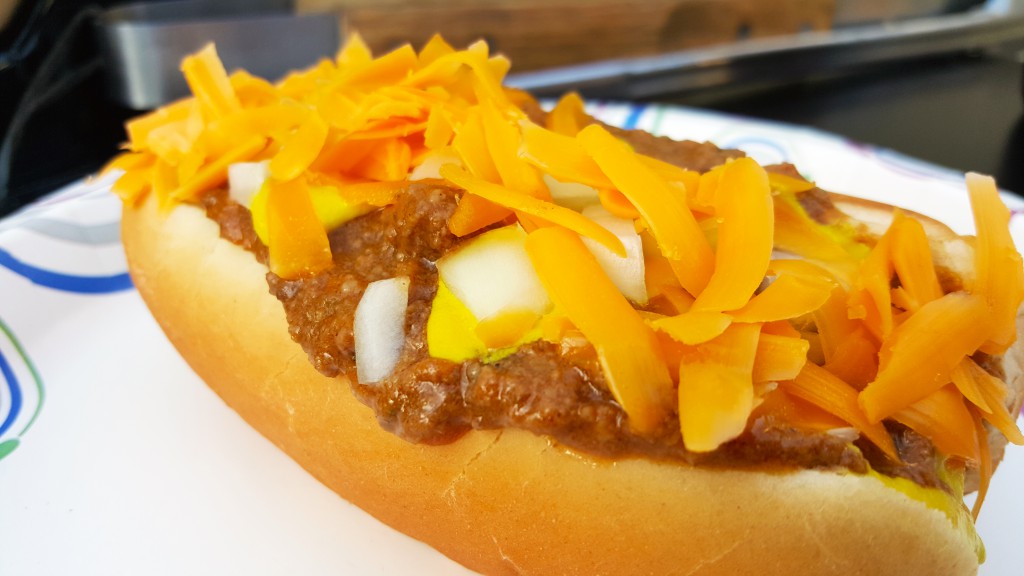
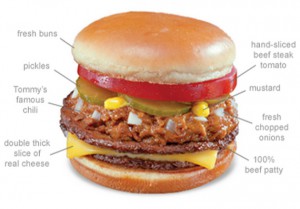
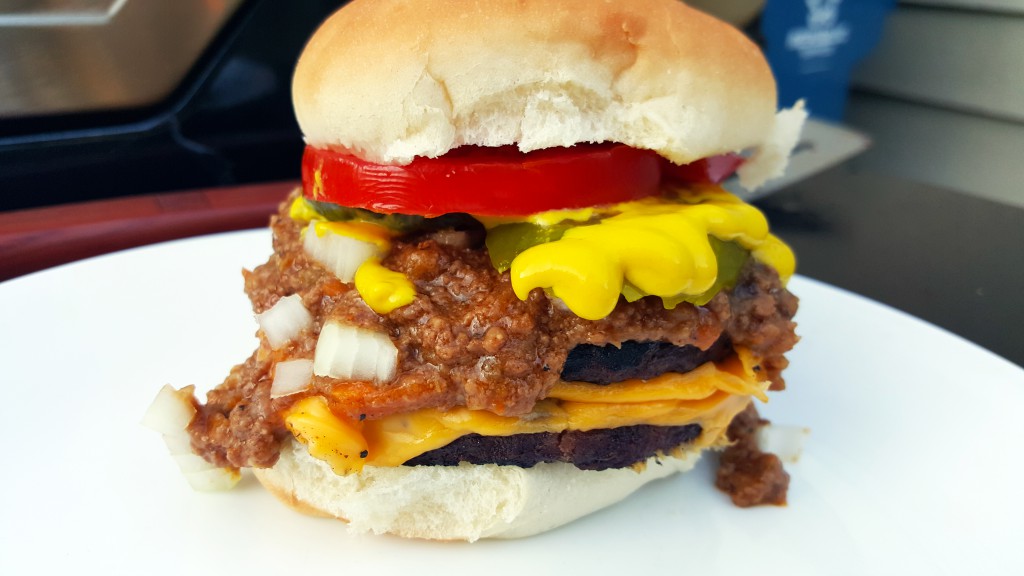

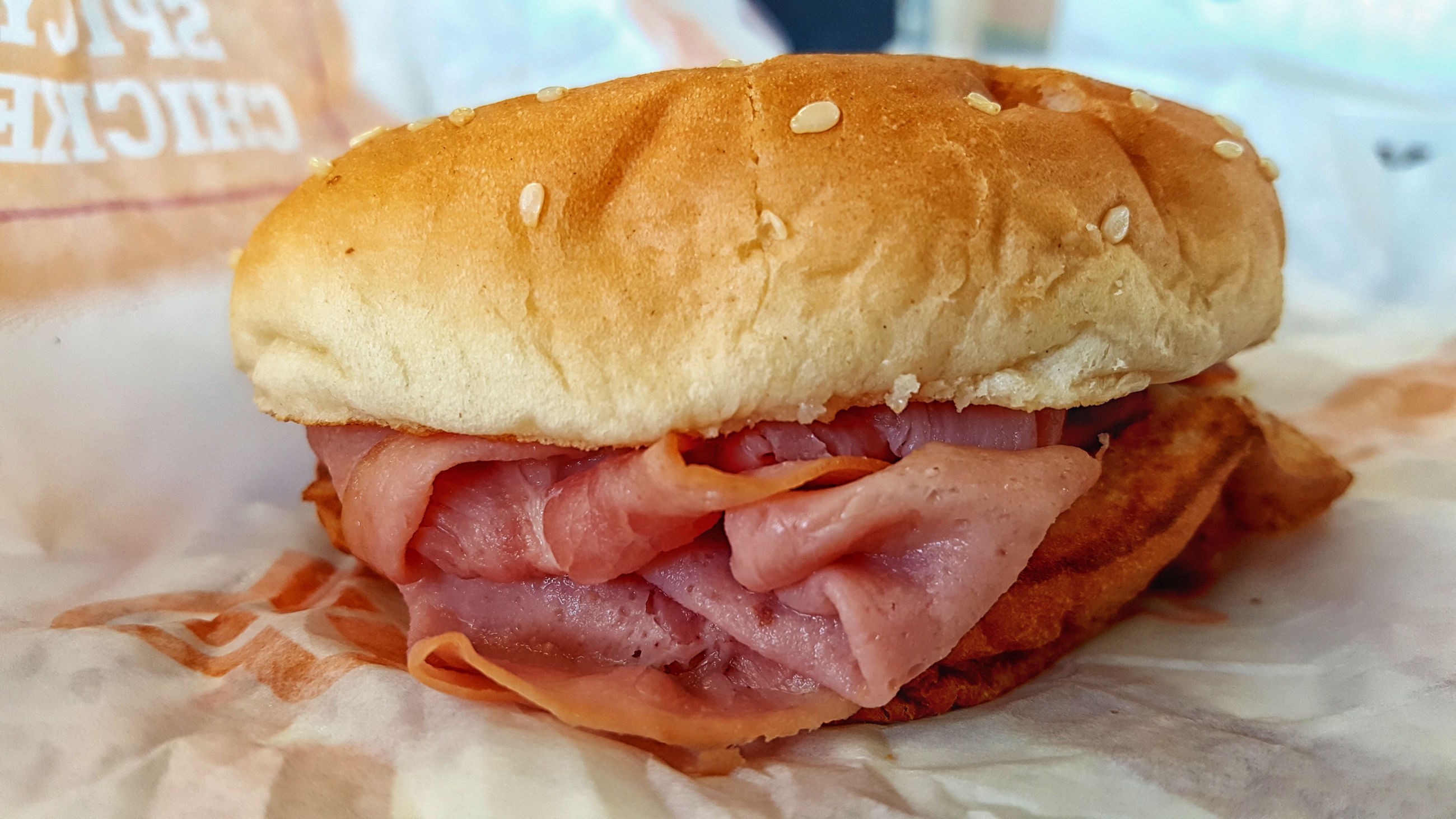







Yay chilli! I reckon I’m going to get the Bloke to put Vegemite in his next batch… (and do you want some Cadbury’s with Vegemite?)
Ptomaine Tommy’s at 2420 N. Broadway,
As I remember it, in 1956, was just down the street from the Starland walk in theater, on Saturdays we would go to Ptomaine Tommy’s before the kids matinee at the Starland. According to an old newspaper article from the Los Angeles times View part four Thursday, December 26, 1974 I have Tommy De forest came from the Midwest. De Forest had been a law student at a Midwestern University, but came to Los Angeles about 1912 and opened a six stool lunch station that stood in the street on North Broadway near 22nd. When World War I broke out he joined the Navy and after the war he came home to Los Angeles and started a hamburger and chili stand a block from where his wagon and stood a few years before. He prospered at that location and a few years later opened what became ptomaine Tommy’s on Broadway near Daly St.
I had somewhat of an inside source of information my uncle, a young high school student attending Lincoln high school, worked there early in the morning, before going to school. Unfortunately, he was a teenager and never paid much attention to the recipe for Tommy’s chili or steak size.
With my uncle told me was that Tommy hired a lot of off-duty Los Angeles policeman who worked there as waiters and cooks. Things that I remember there are in fact that in the front window, was a miniature lunch wagon that De forest had started his business with. Further, as you walked in on the west side there was a bar that as long as I can remember was never open. On the wall inside the bar and in the eating area were photographs of movie stars and famous athletes, boxers and race horses.
The floor was always covered with sawdust and there were no tables or chairs just a long fountain type U-shaped arrangement with barstools one went to the left the other went to the right in the middle in the front as you came in was the cash register where you paid. Above where you were eating you can see where they were cooking the beans, in large cauldrons just above into the rear of where you were eating. The cauldrons were stainless steel and look like the style used in the military to hold large quantities of food my guess was about 300, two 500 pounds each. There may have been more but only two were visible patrons from the service floor. My uncle told me that the restaurant opened around three in the morning to the workers, who came in and started cooking beans in those large cauldrons.
I remember that the restaurant always had male waiters, in white aprons and hats, each waiter was assigned a certain number of patrons stools at their station. Each station had a large bowl of chopped onions, the bowls were about 1 ½ to 2 feet wide and were always ceramic, I remember the color being light green. The bowls sat in a large chrome ring that was bolted to the service area at that station. Each bowl had a metal cup and when you were served your size you would ask if you wanted onions? If you said yes he would turn around grab the cup fill it with chopped onions and immediately turned back to you and pour them all over your size.
According to my uncle, the restaurant was patronized by workers from the nearby General Hospital, the after theater crowd from downtown and the fight crowd, some of them coming in in suits, tuxedos and evening gowns.
On August 10, 1958 ptomaine Tommy’s closes doors, forced to sell the property to satisfy creditors and a week later he died. Many people said he died of a broken heart.
I’ve read a lot of the purported recipes for ptomaine Tommy’s chili size, all I can tell you is that he did use beans, I don’t remember any kind of sauce being on them, of course I always ate the hamburger size, which was served on an oval plate not round, and you could not see the hamburger patty, because of the mounds of beans covering it.
I know that the beans were dry, when they first started cooking them early in the morning, and I surmised that the cauldrons were filled with hot water, salt, and any secret ingredient that De forest may have put in cauldrons. It was my understanding he was the only one who had the recipe and closely guarded it.
The only thing I can assume is that, while in the Navy during World War I, he perfected his recipes and brought them back to Los Angeles after leaving the service. Cooking cauldrons look similar to those on naval ships,, and would cook all day long.
Further, I know initially he started off with a steak size which was made just like a chili size – hamburger size, by using a oval dish and covering the steak with a large quantity of beans, and onions if you want them. From what I understand the chili size – hamburger size was more popular than the steak size and so he was noted for the chili size – hamburger size.
I don’t know if there is a difference between the chili size and hamburger size, I always thought they were the same, but I was young at the time and didn’t pay a lot of attention to that. So, I have nothing to add to the recipe of the fact he did use dry beans, cooking and large cauldrons and added salt in his seasoning to the mix which cooked all day.
I don’t remember anything else being on the chili size – hamburger size other than beans and meat.
Yes, I can truly say I was born in East LA
I lived on Johnston St., Lincoln Heights
It’s been a busy few days for me but I just wanted to say thank you for posting this tremendous personal memory of the place, I really appreciate your insight.